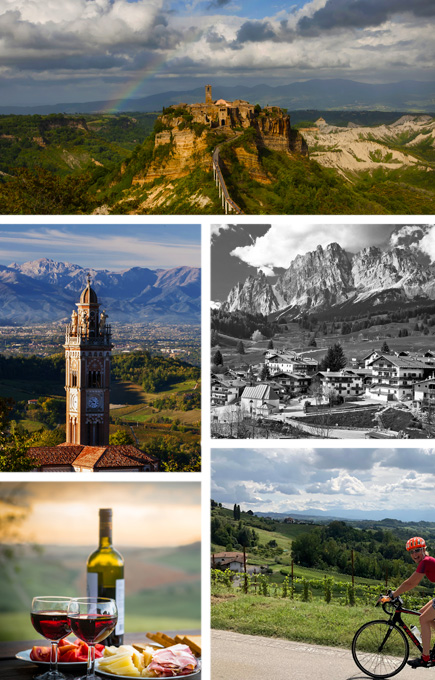

Italy's diversity is astonishing, with each region offering something distinct. This diversity is reflected in the local dialects, traditions, and cuisines. As you travel from one region to another, you'll notice subtle differences that make each one distinct. This regional uniqueness is due in large part to the fact that the actual country of Italy is relatively young, having been unified in 1861.

Before unification, the current area that we call Italy was ruled by a variety of city-states, kingdoms, and duchies whose borders changed over time. Trade routes and foreign incursions also greatly impacted the local cultures. This political fragmentation allowed the regions to develop unique identities. For instance, the Kingdom of Sicily in the south had vastly different influences compared to the Republic of Venice in the north. This historical patchwork laid the foundation for regional distinctions. Regional dialects are a linguistic reflection of the different foreign influences: you can hear the French influence in the clipped sounds and vocabulary of the Piemontese dialects. A careful ear will note an important Greek influence in the Salentino dialect spoken in southern Puglia. You may notice words that seem to be of Spanish or Arabic origin in many southern Italian dialects due to the influence that these cultures had on those areas.
Geographically, Italy's varied landscape also plays a significant role. From the snow-capped Alps in the north to the sun-drenched beaches of the south, the country's topography influences local lifestyle, cuisine, and architecture. While Italy has three major climatic zones, each region has an abundance of microclimates that lead to interesting differences, even in terms of agricultural crops. Just talk to any wine enthusiast: they will tell you how each area in Italy is best suited to different grapes and how growing grapes on one hillside versus another will give you a very different-tasting wine. Northern cuisines feature ingredients like aged cow cheese, butter, polenta, hearty meat stews, and game meats like wild boar. Southern regions make more use of fresh vegetables that grow particularly well in warm climates, citrus fruits, and seafood.
As unification happened relatively recently in history, regional pride is a strong aspect of Italian identity. Many Italians feel a strong sense of connection to their hometowns and regions, celebrating local traditions and preserving distinct cultural heritages. This pride manifests in various forms, from local festivals to regional cuisine, ensuring that the differences between regions remain vibrant and celebrated.
In essence, Italy's regional diversity is a product of its complex history and varied geography, forming its rich cultural tapestry. This diversity not only enriches the Italian experience but also offers a fascinating journey through time and space when exploring the country. A bike tour gives you the possibility to really experience the geography of the places and the feel of the land while also exploring the history, culture, and cuisine of each stop.
